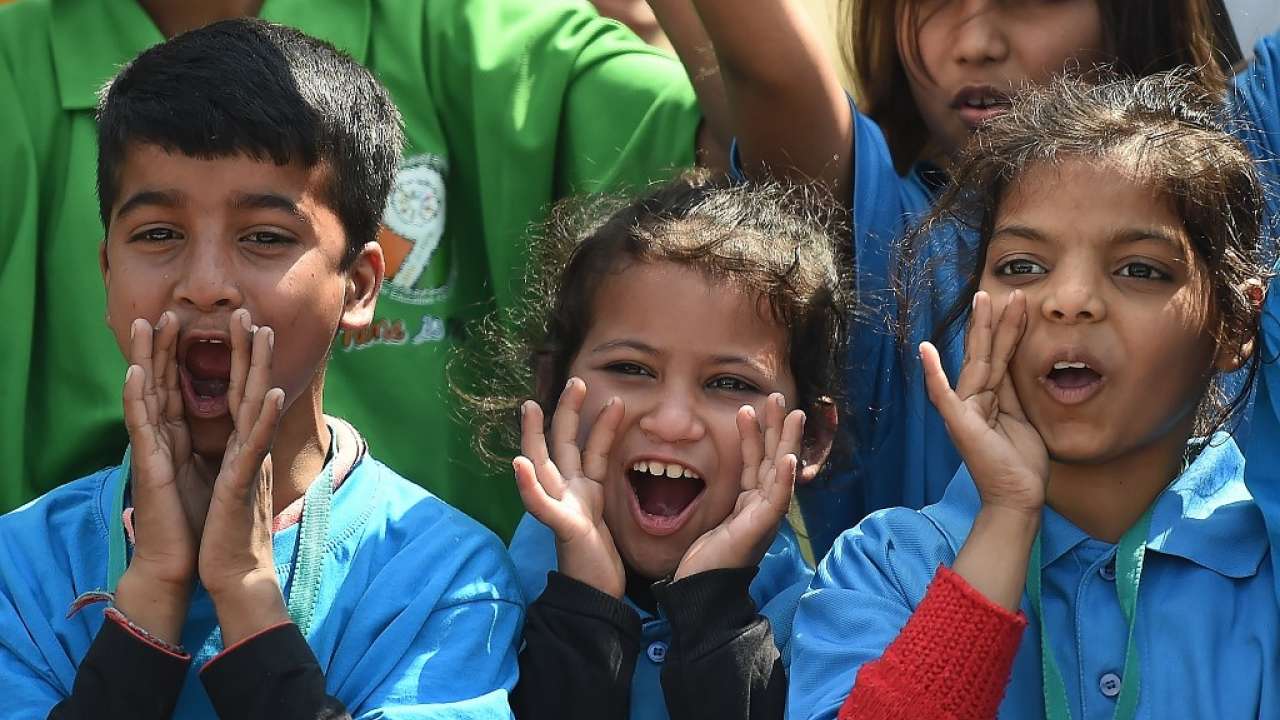
35 crore Indians today are young. The policy implications of this huge segment of 18-35 year-olds are colossal. Everyone agrees as to their seminal power as a collective to make or break the society and the economy of the future. This is because, for young people, voice, agency, confidence and high self-esteem are the foundations for personal growth.
Programmes aimed at them need to partner with adolescent girls and boys in creating their own solutions to situations they encounter at home, in their communities, in school, at work, and with male and female peers. Services offered at scale need to consider equipping girls and boys with practical life skills, improved confidence in personal decision-making, increased self-esteem, overcoming gender barriers and increasing their access to information and services on reproductive health, nutrition, and over-all wellness. For younger people, the aims must be to enable them to stay in school, delay their age at marriage, promote gender equity, and help young people reduce their vulnerability to exploitation and violence. The ultimate goal for policymakers needs to be around increasing opportunities for a safer, healthier and more fulfilling, gender-equal and meaningful life.
These insights, that go deeper than the usual broad understanding of youth needs as education and employment, came not from secondary research but from a survey that actually listened to the voices of the youth themselves. This survey, which we called, the YouthBol campaign, was designed as a way of facilitating a participatory and inclusive shaping of programming for adolescent and young people in India. The survey heard from 1,10,092 young people in three different age groups – 10 to 14 years, 15 to 19 years and 20 to 24 years – across 27 states and four Union Territories of India.
Broadly speaking, two areas of overall concern stand out: health and well-being, and access to services and information. These two areas cut across all classes and geographies: no matter which part of the country one is in, and regardless of differences such as gender, physical and our mental health remains a foundational requirement for all.
In percentage terms, 10-24 year-olds in India have two key concerns that preoccupy them: health and in-school services. 36% of the over one lakh respondents said health was their top priority, while 26% laid emphasis on better in-school facilities.
Under the broad category of health-related responses, the most strident demand that YouthBol has thrown up has been for information (and action) on the prevention of substance abuse. This includes having access to de-addiction and rehabilitation facilities.
The youth have also demanded that vending of alcohol and tobacco near schools and colleges must be strictly banned, an adolescent helpline set up for dealing with substance abuse issues, and greater access provided to good quality and free rehabilitation services.
Many young women polled by YouthBol ranked access to information and care on menstruation, menstrual pain management, and menstrual hygiene and products at the top of their wish-list. They called for a better understanding of and responsiveness to this issue from adults. For the oldest age group (20-24 years), information on and access to contraceptive methods and family planning services emerged as a key priority. This demand was also the highest among YouthBol respondents who were married.
Mental health-related information and services is also a priority theme. YouthBol indicates that young people want information on how to cope with academic pressure and stress, peer-pressure and bullying. They also want better access to non-judgemental, confidential, and affordable mental health services.
The second most-voiced demands -- those for better facilities at the school and community levels – have ranged from access to computers, libraries, food, playgrounds, roads, electricity, transport facilities, functioning health centres, clean toilets, and clean and safe air and water. Of these, the issues of clean toilets, better facilities in schools, and lesser junk foods in canteens stand out, with a 39% share of the total responses calling for improved facilities in schools.
With respect to access to good and nutritious food and to information on nutrition and healthy eating habits, the youth want better institutional delivery of these services through the mid-day meal scheme, Anganwadi centres, and in canteens in educational institutions.
Investing in the aspirations of adolescents and young people is imperative to achieve national development goals. A tool like this can guide our political classes and our policymakers on where the nation’s priorities must lie and focus on. They also have a substantial stake in creating a strong and prosperous future.
India is leading the surge in youth population, with projections by the Government of India estimating that by 2021, 26% of the country’s population will be between the ages of 15 and 29. Understanding what the youth in India want when it comes to policies, programmes, measures and facilities with respect to their health and well-being can make or break the future we are all working towards.
The writer is the Executive Director at the Centre for Catalyzing Change (C3), one of the first organisations to have started working with young people in India over 30 years ago. The YouthBol poll was supported by the USAID’s Maternal Child Survival Plan Project. She can be reached at Twitter@aparajitagogoi.